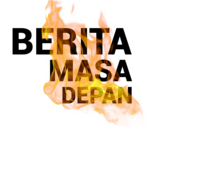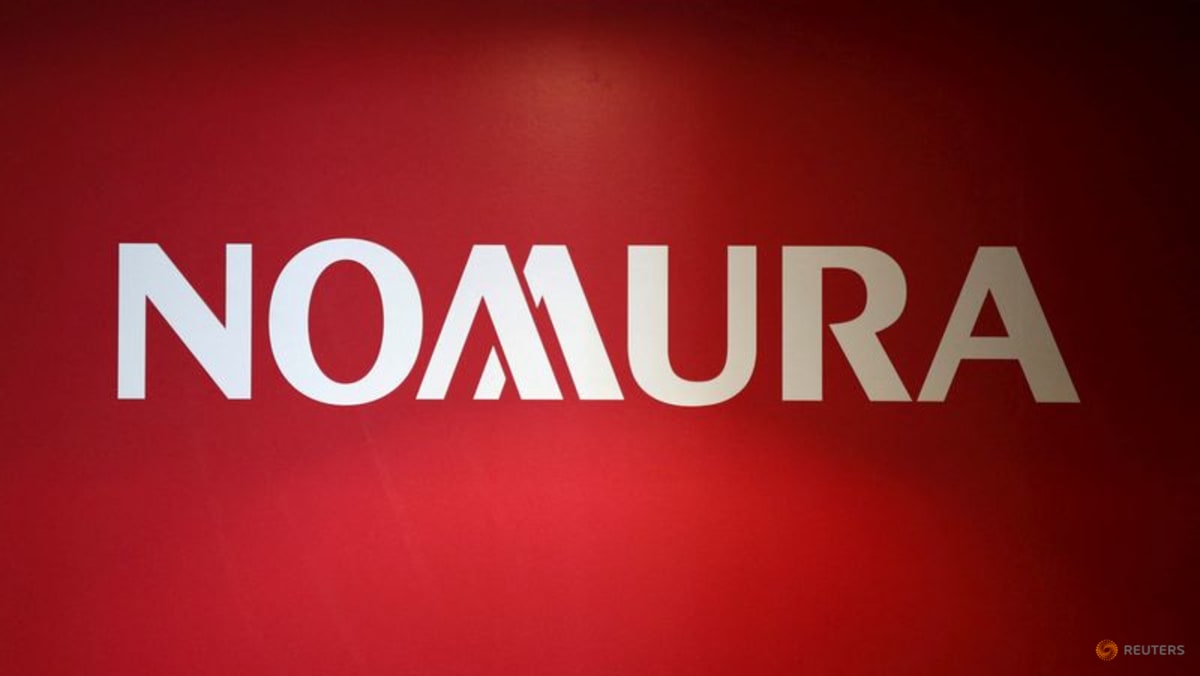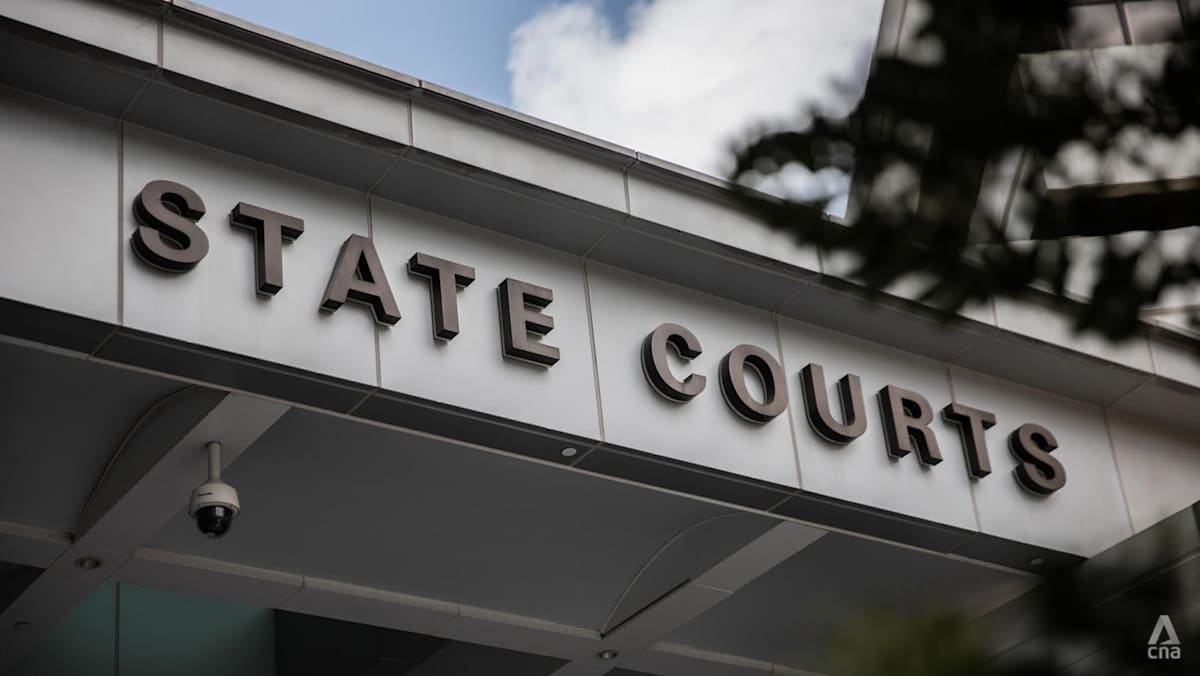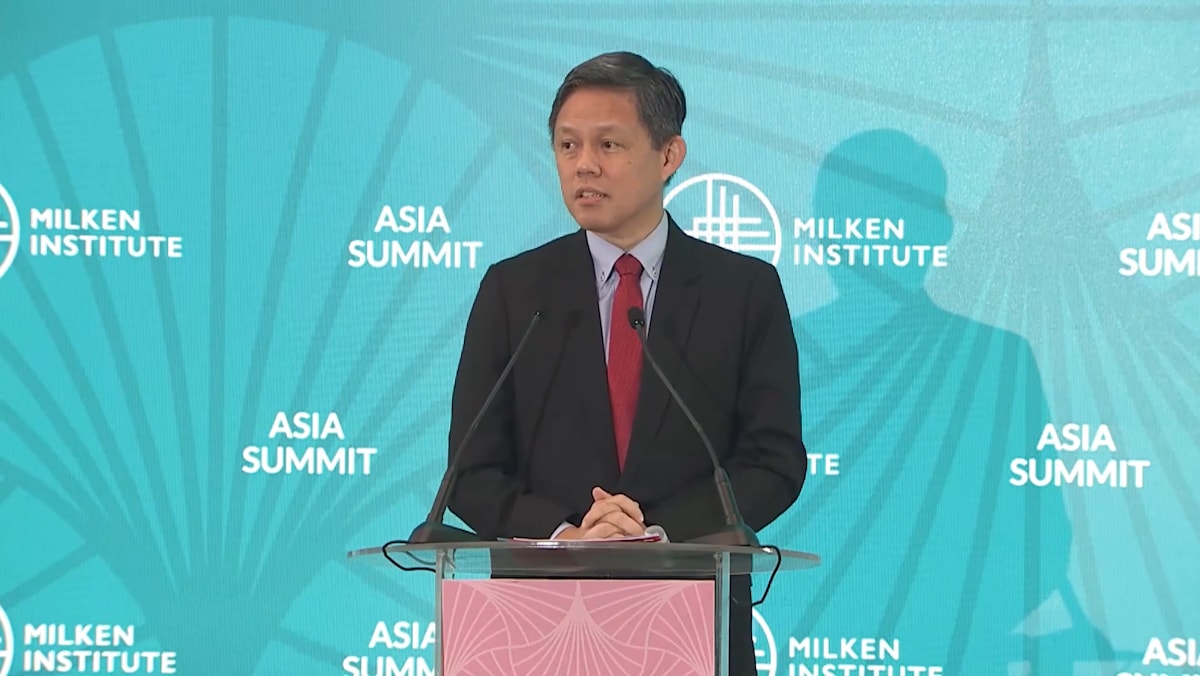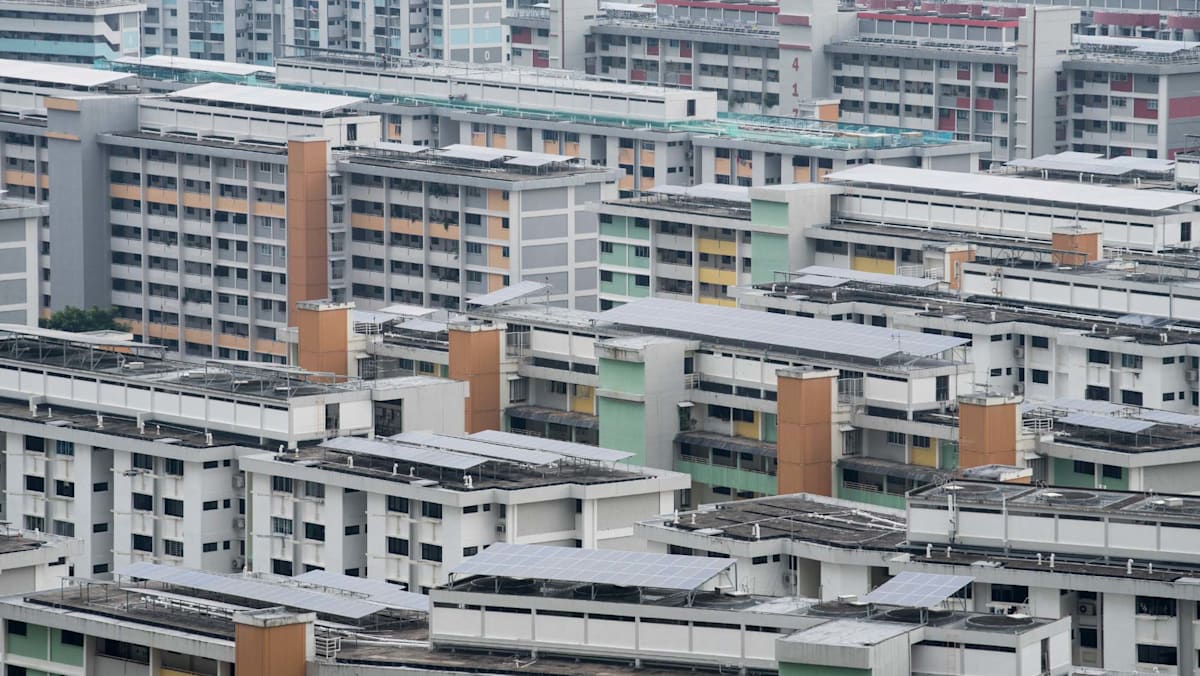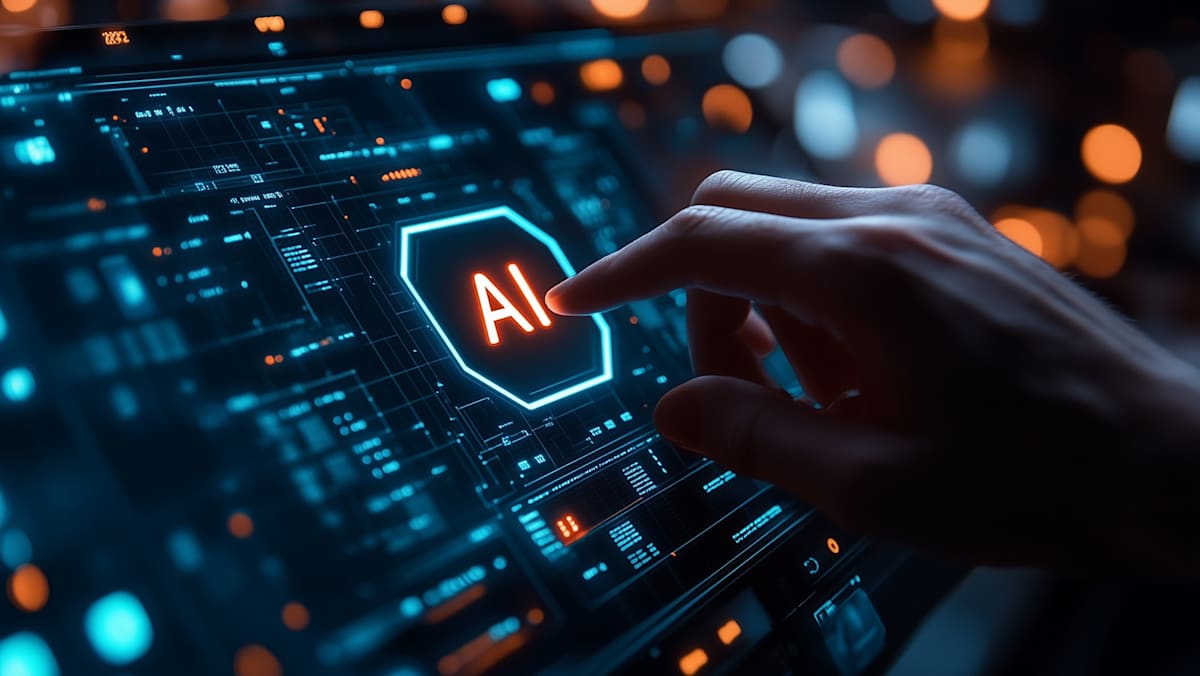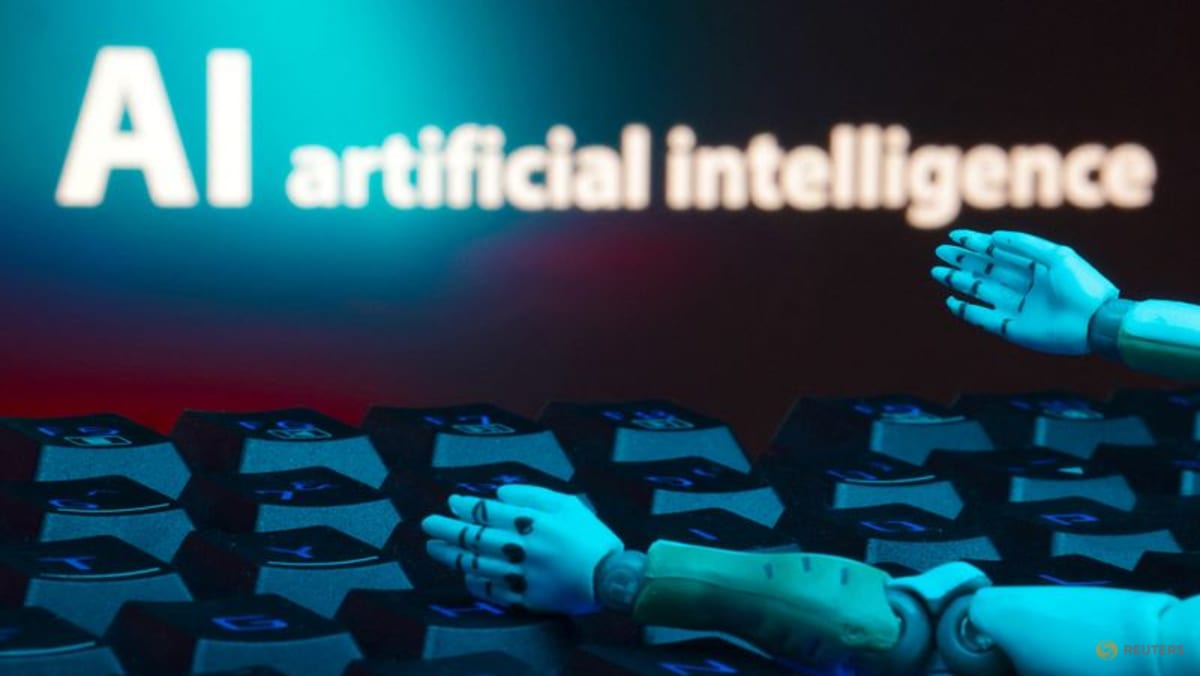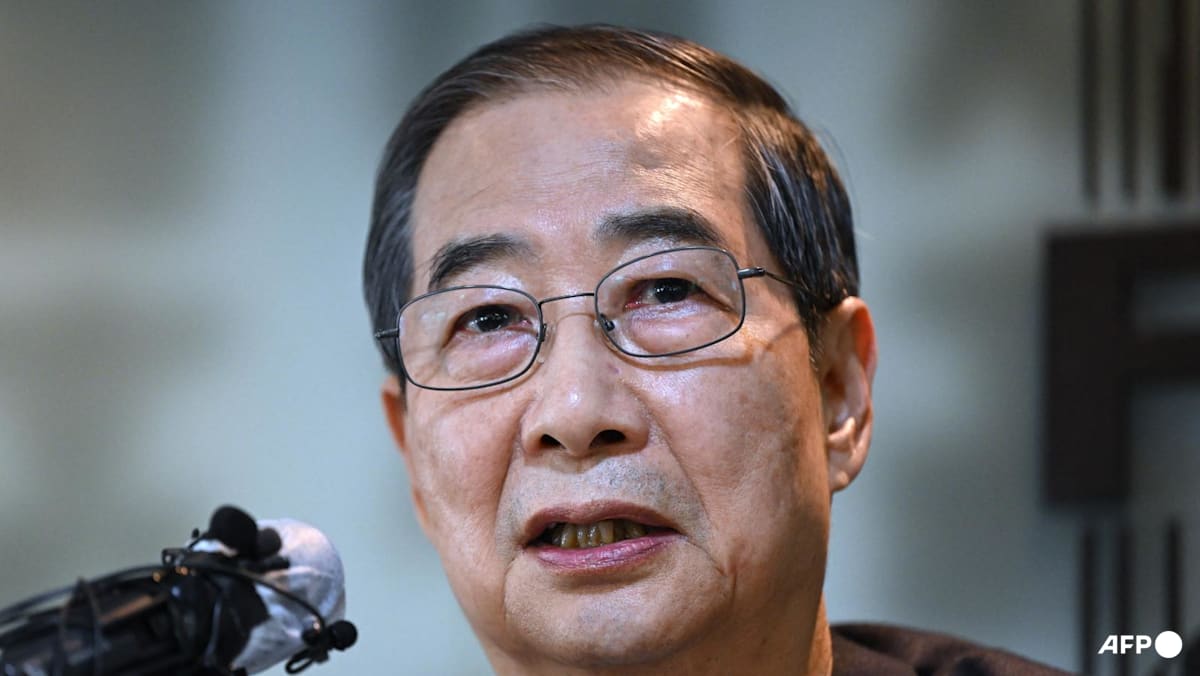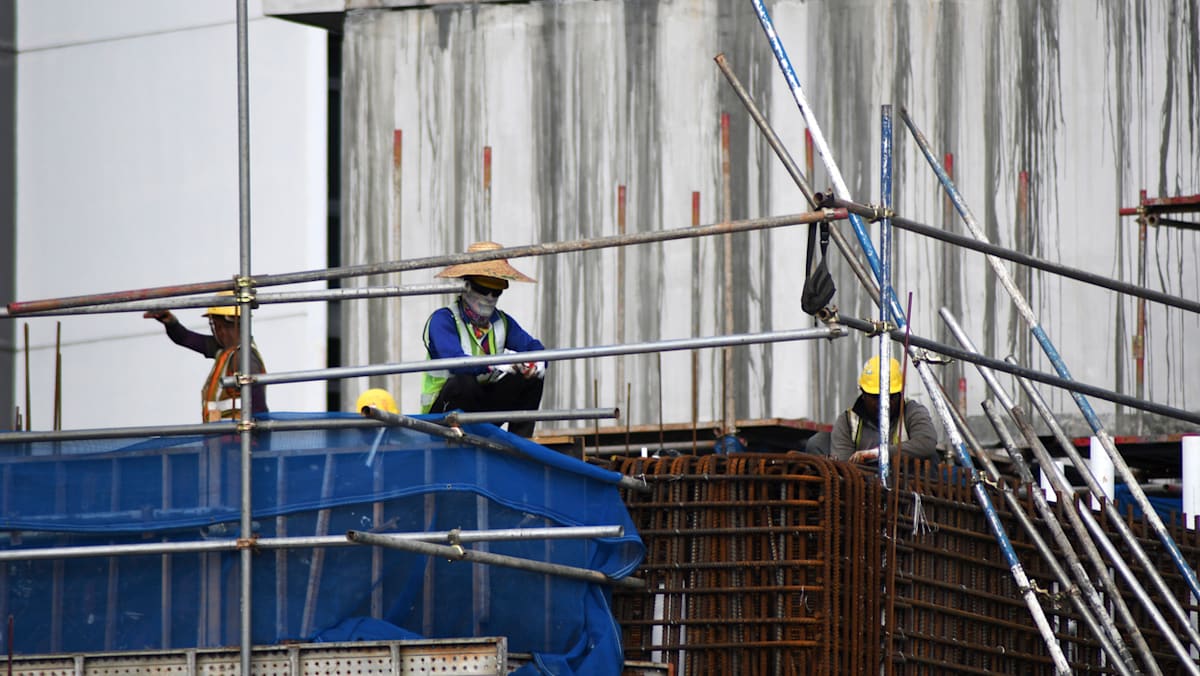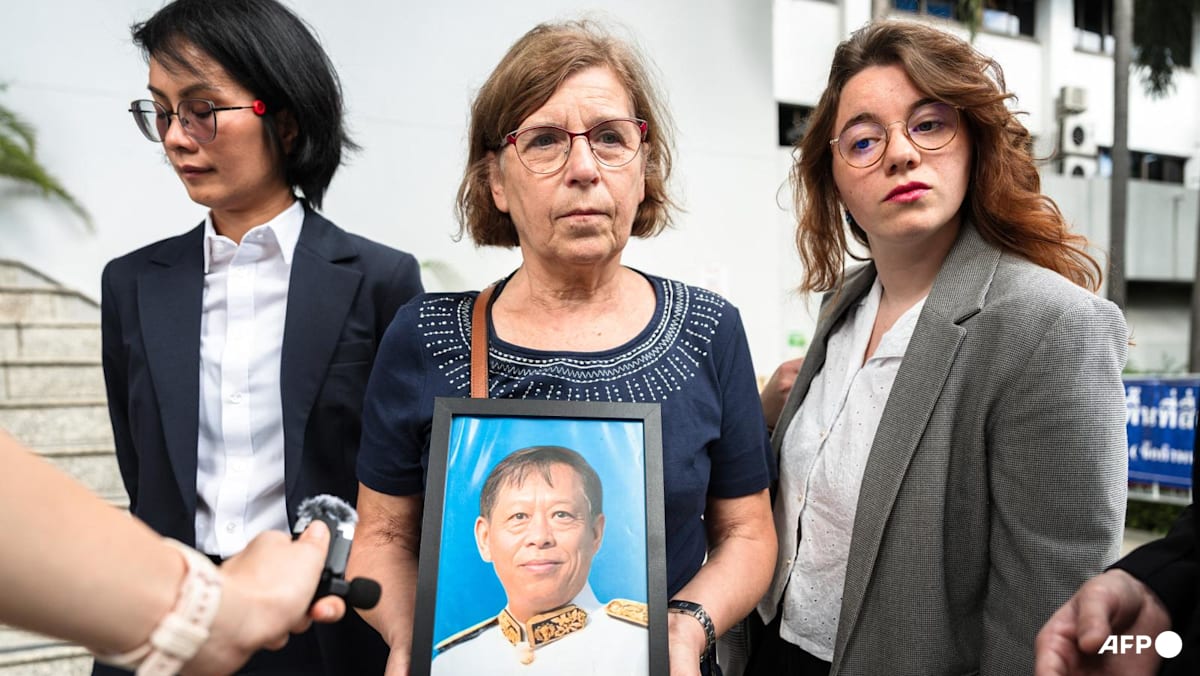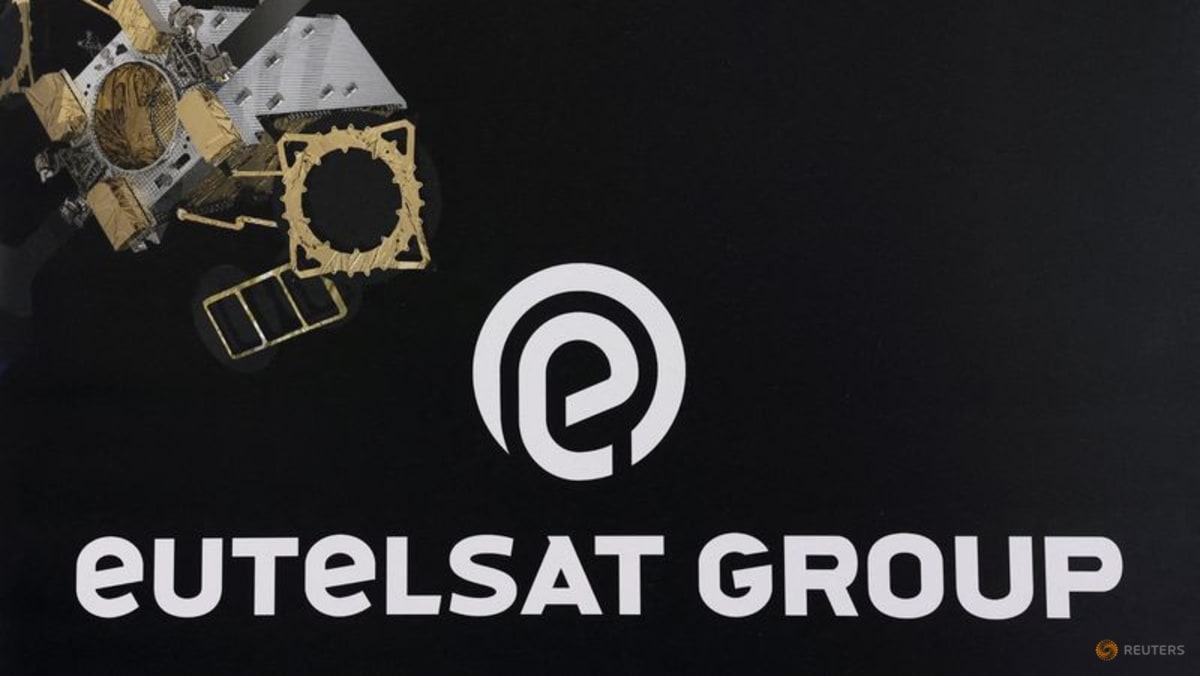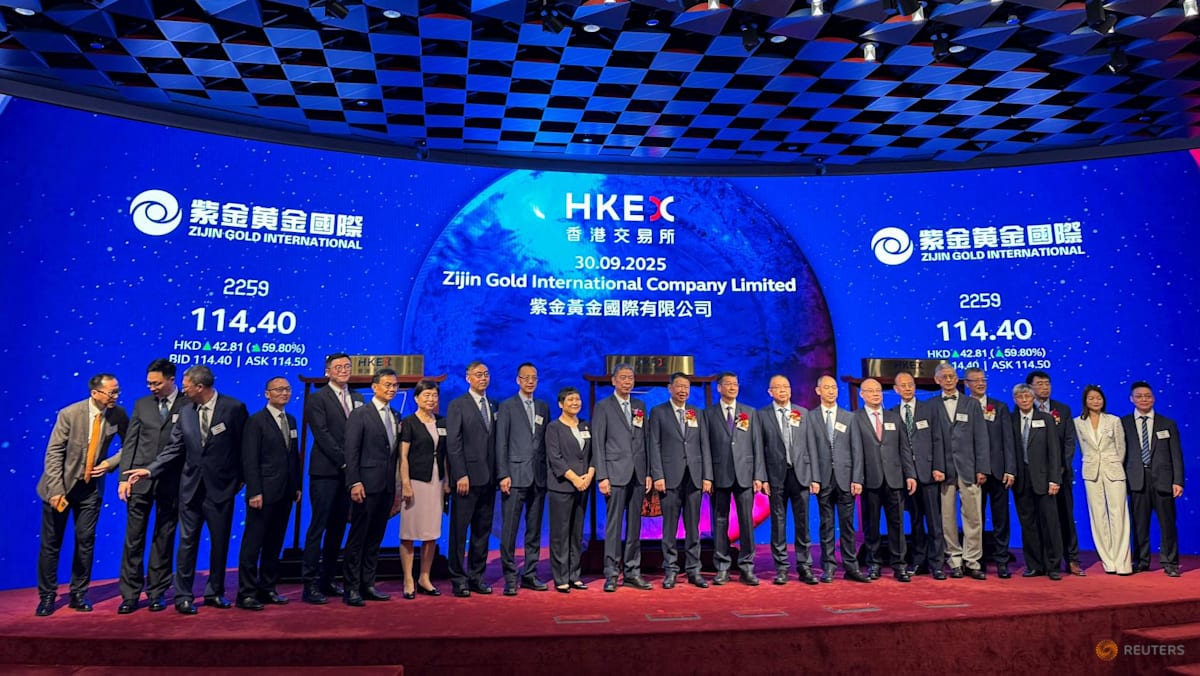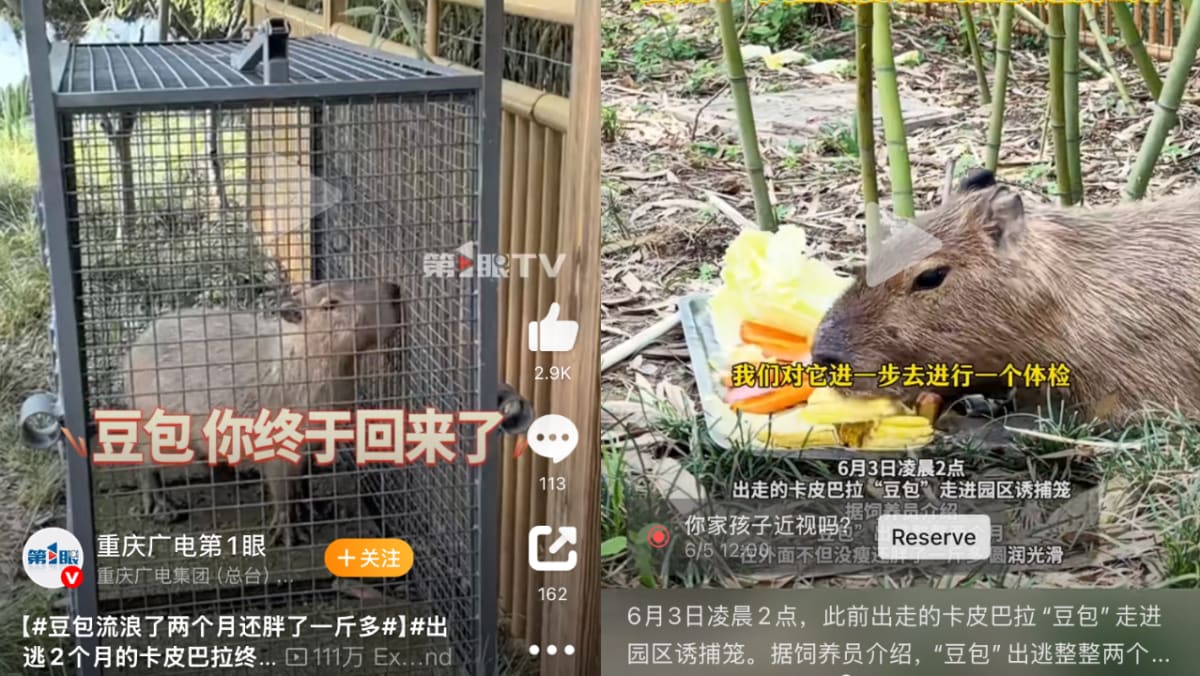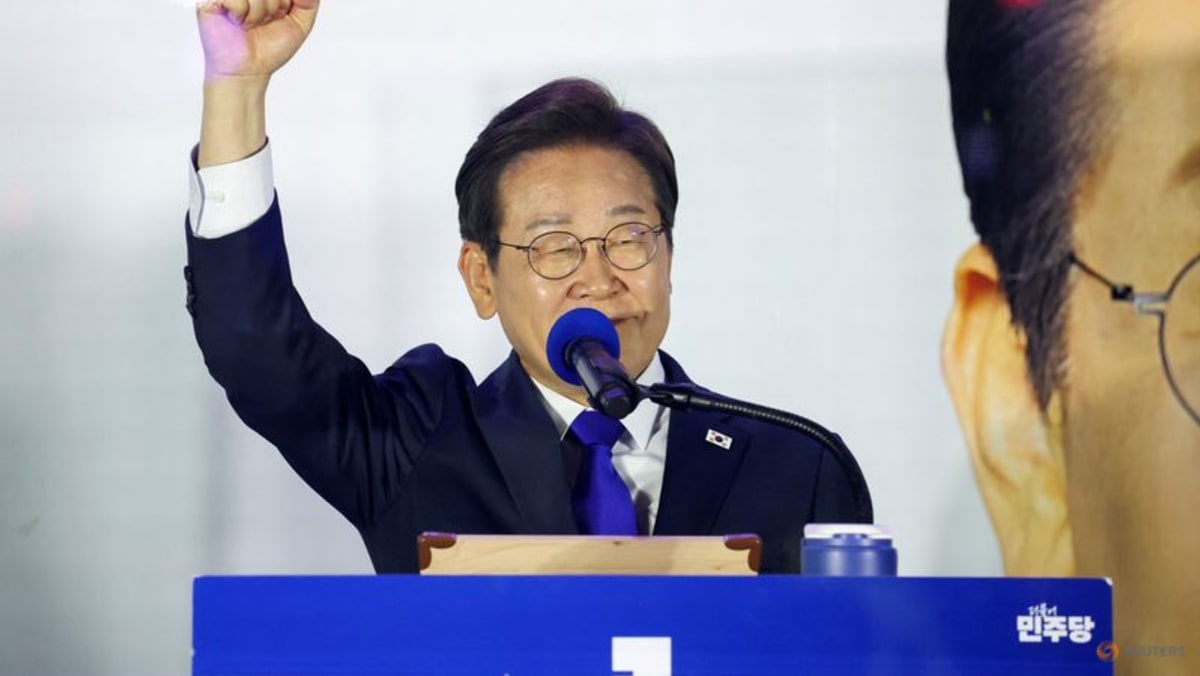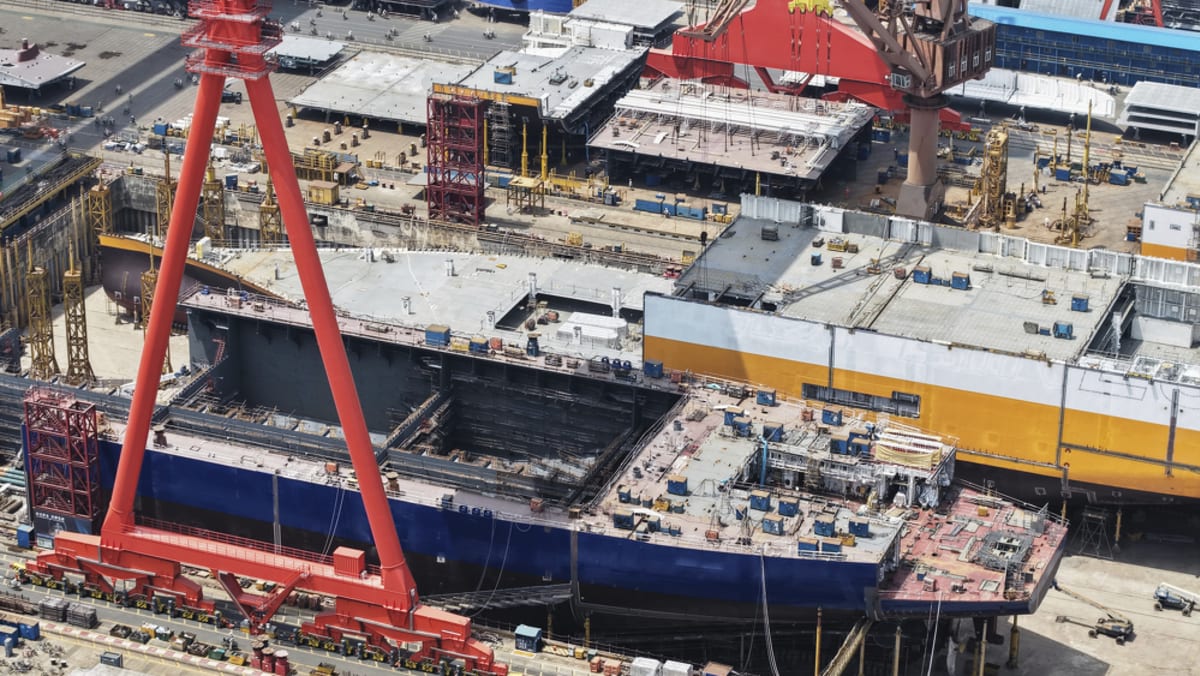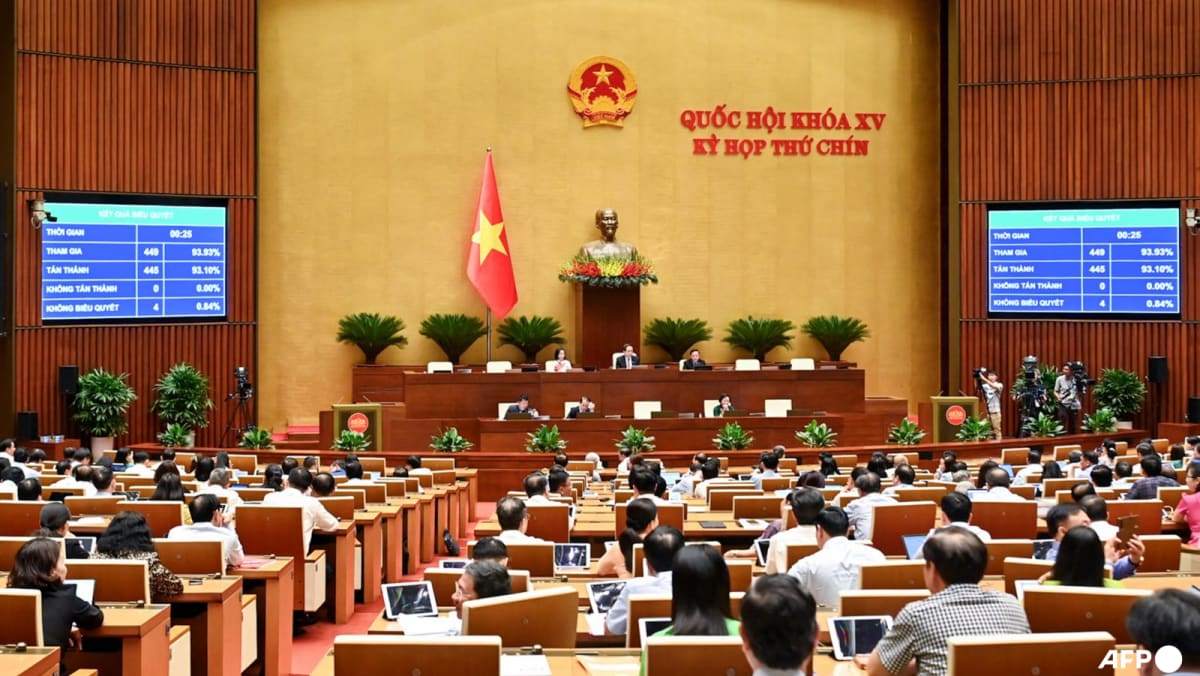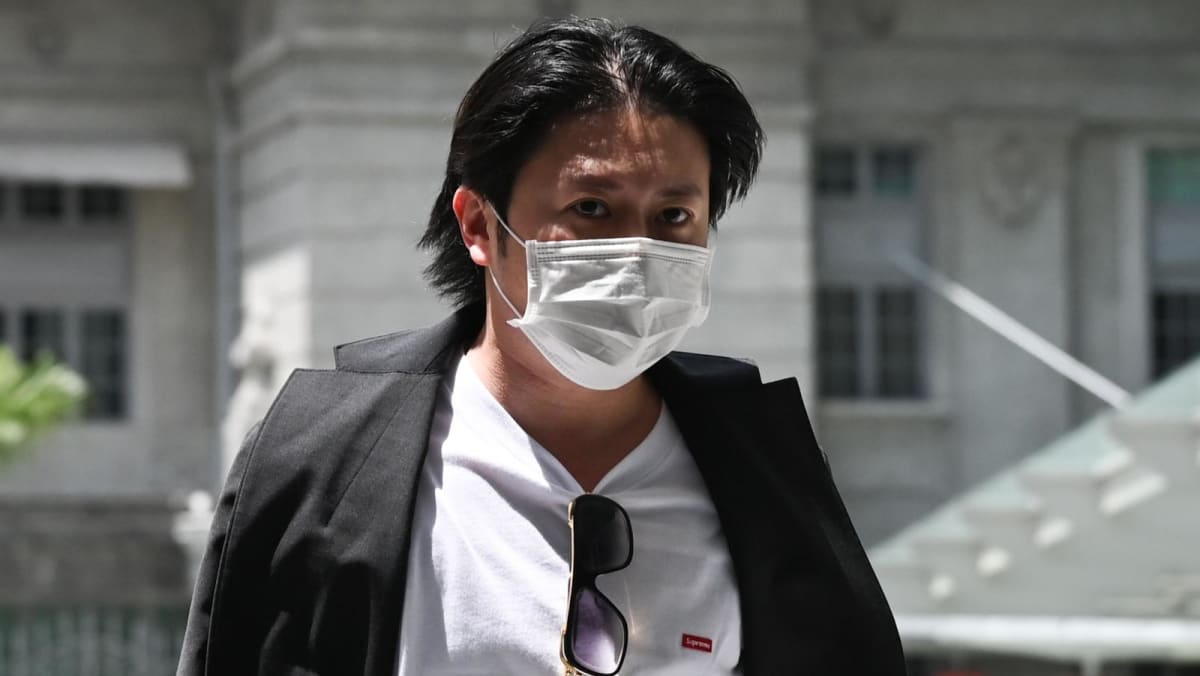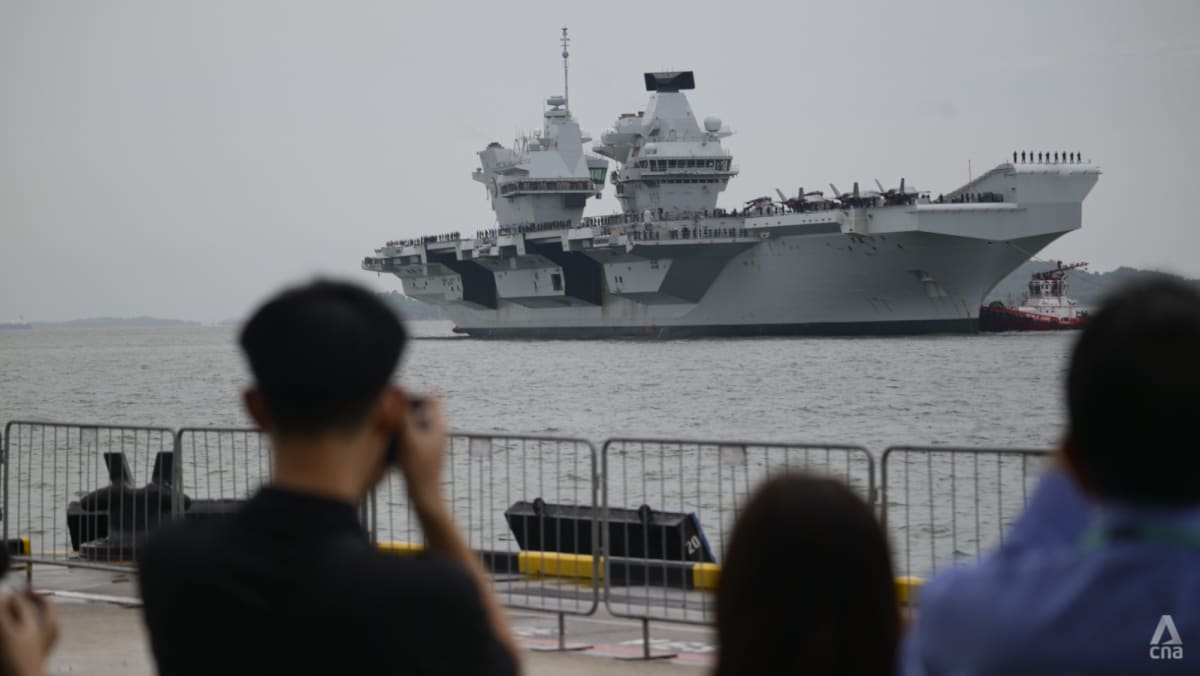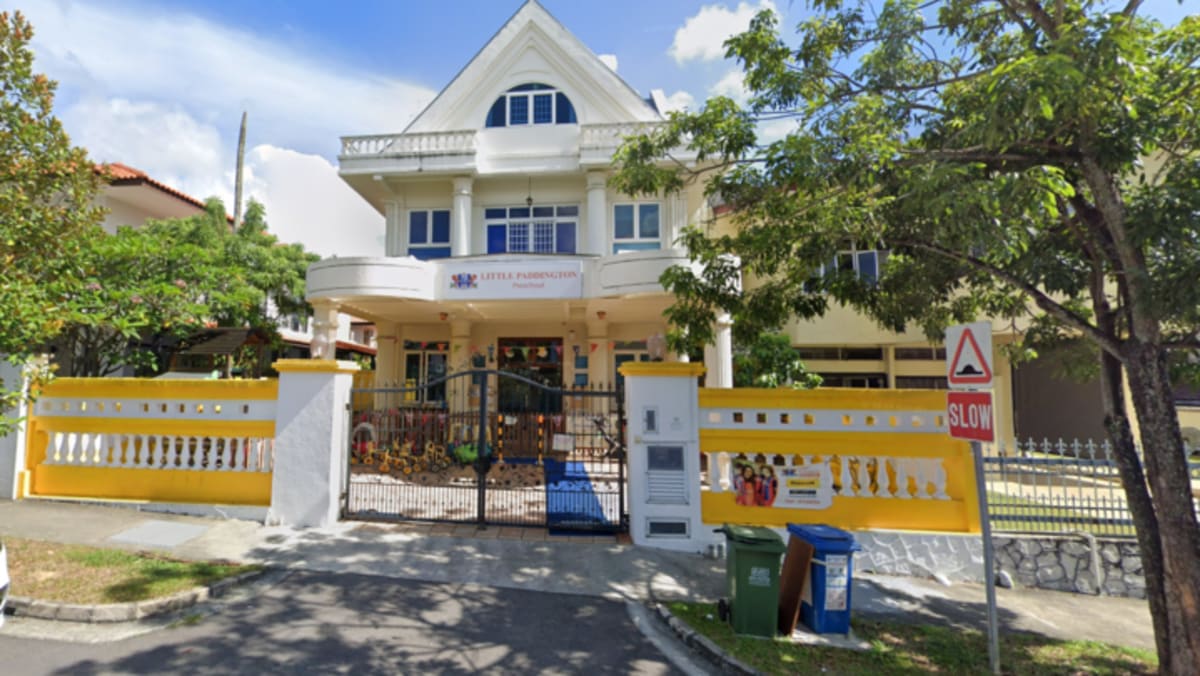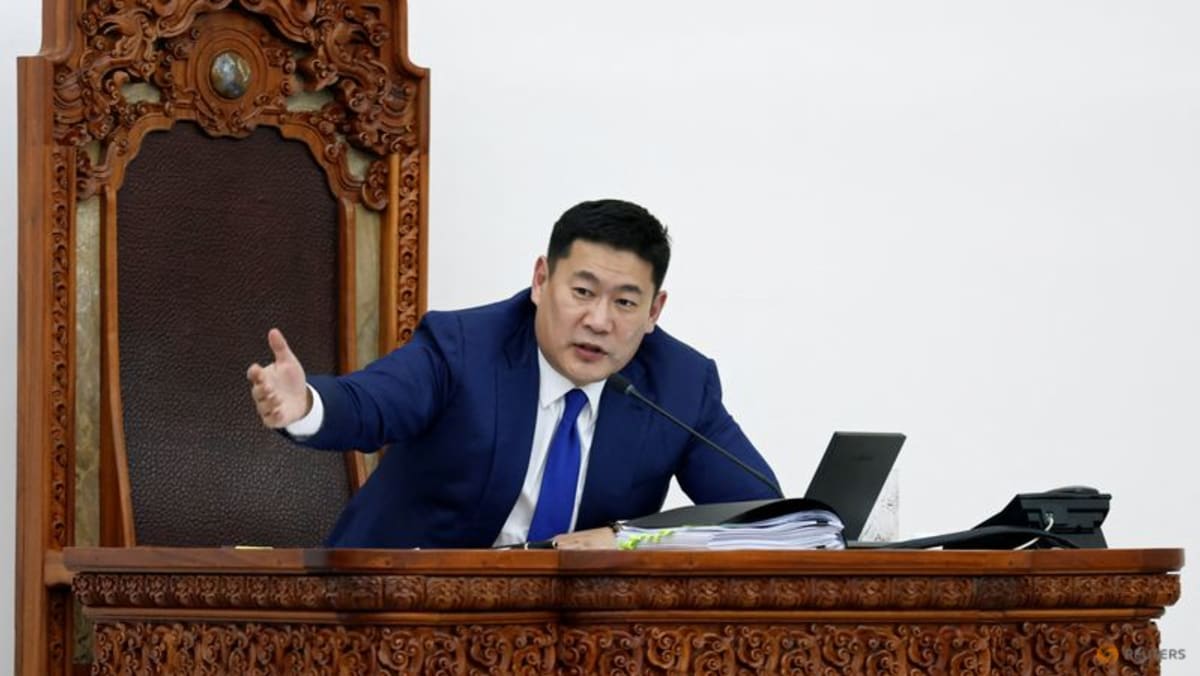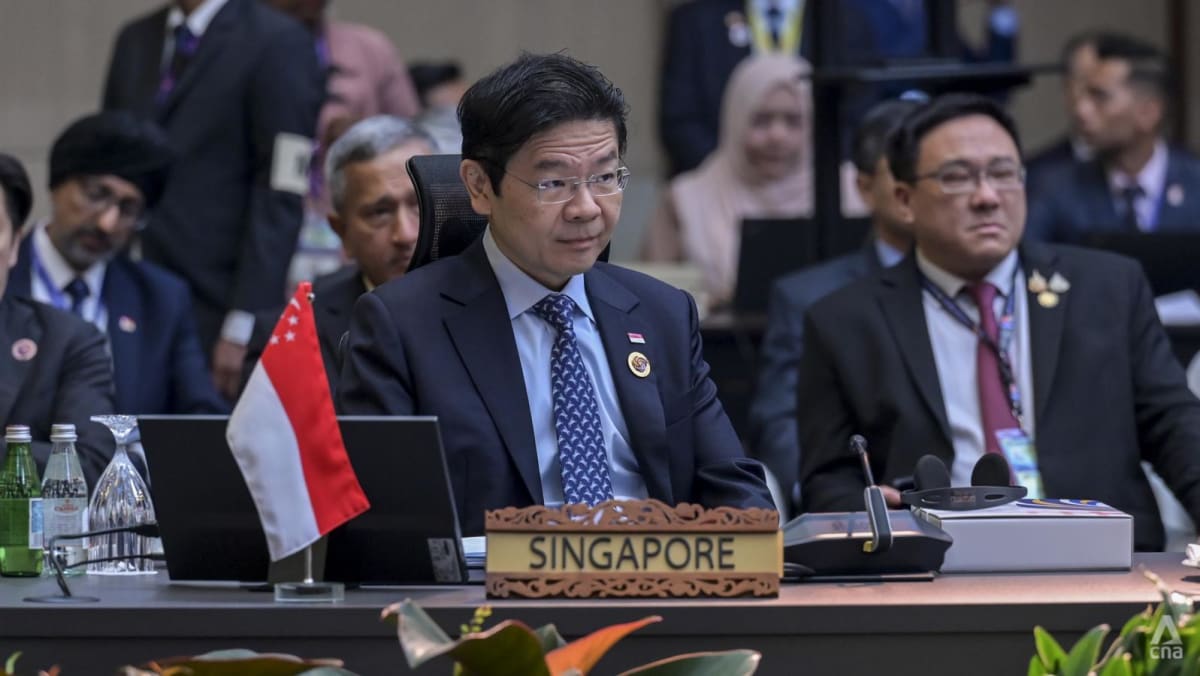SINGAPORE: A key institute on nuclear energy research was boosted with a S$66 million (US$52 million) grant as it unveiled its new premises at the National University of Singapore (NUS) on Friday (Jul 11).
With the grant, the Singapore Nuclear Research and Safety Institute (SNRSI) will expand its research into nuclear safety, NUS and the National Environment Agency NEA) said in a joint media release.
The institute now has a 12,900 sqm building located at 16 Prince George's Park, which is part of NUS' campus.
Singapore has yet to make a decision on the deployment of nuclear energy, with Prime Minister Lawrence Wong saying during Budget 2025 that the government will study the potential deployment of nuclear power in Singapore and take further steps to systematically build up capabilities in this area.
He noted steps taken in this aspect, including agreements signed between Singapore and the US on civil nuclear cooperation.
Singapore has also announced plans to build a pool of about 100 nuclear energy experts in the medium to long run.
While thought to be unfeasible for Singapore in the past, nuclear technology has since advanced and small modular reactors (SMR) present a viable option for the land-scarce country, as they are a fraction of the size of conventional nuclear reactors and are safer.
Singapore is monitoring the progress of SMR and other advanced nuclear technologies as possible energy options for the future.
NUCLEAR SAFETY A REGIONAL PRIORITY
Attending the launch of the new building on Friday, Chairman of National Research Foundation Heng Swee Keat said that the S$66 million will be committed to nuclear safety research over two-and-a-half years, starting from December last year, under the Research, Innovation and Enterprise (RIE) 2025 plan.
"As we draw up our RIE2030 plan, nuclear safety will also remain a key priority, given its strategic imperative for Singapore and the region," Mr Heng said.
Early on, Singapore decided to build its capability in understanding nuclear energy and safety for two key reasons, Mr Heng added.
Nuclear technology will continue to evolve and Singapore must have the ability to evaluate options as technology progresses. Singapore must also be able to respond effectively should there be a regional radiological emergency.
Mr Heng, the former deputy prime minister who retired from politics in the General Election 2025, noted that countries within the region were considering nuclear energy as part of their energy portfolio.
"While no countries in ASEAN (Association of Southeast Asian Nations) have an operational nuclear plant yet, some have announced plans for deployment, such as the Philippines by early 2030s and Indonesia by 2040," said Mr Heng, adding that Malaysia and Indonesia have experience in the technology and have operated research reactors for some time.
He said the "operating contexts" of neighbouring countries were different from Singapore in terms of geography and exposure to natural hazards among other factors.
Given the potential diversity of nuclear technologies that may be deployed, the expertise Singapore develops in the area will contribute to regional efforts in developing "robust safe and secure frameworks and norms", Mr Heng said.
"Capability building will help us understand the implications of nuclear developments in the region and ensure that we are prepared if our neighbours choose to deploy nuclear energy."
SNRSI's expanded research scope is part of Singapore's efforts to strengthen its capabilities to better understand and assess nuclear technologies and safety.
Its core research includes reactor safety, how radioactive materials can spread in the environment, the impact of radiation on living organisms and nuclear policy.
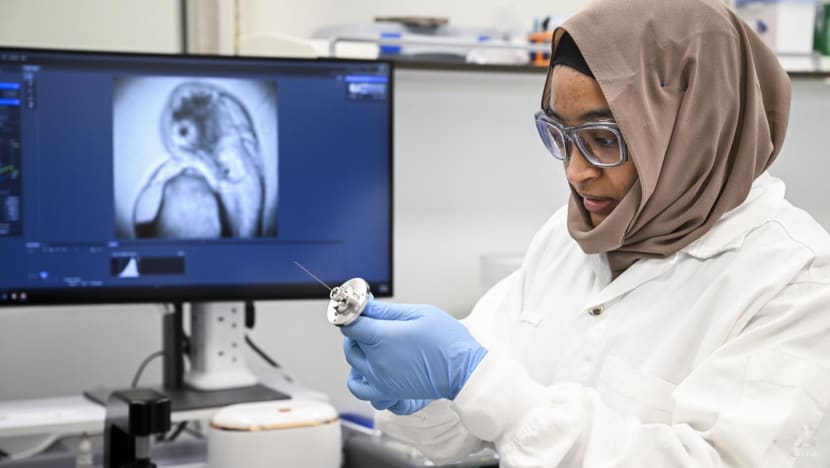 Singapore Nuclear Research and Safety Institute research assistant Halida Thanveer demonstrating how the institute creates transgenic zebrafish lines to study the effects of radiation on zebrafish embryos on Jul 10, 2025. (Photo: CNA/Lan Yu)
Singapore Nuclear Research and Safety Institute research assistant Halida Thanveer demonstrating how the institute creates transgenic zebrafish lines to study the effects of radiation on zebrafish embryos on Jul 10, 2025. (Photo: CNA/Lan Yu)
Originally conceived in 2014 as the Singapore Nuclear Research and Safety Initiative, it is now a full-fledged institute. It also aims to double its current pool of 50 experts by 2030.
NUS president Tan Eng Chye noted how the growth of the SNRSI necessitated the need for a larger, purpose-built space.
With the new building, the institute plans to build its capabilities in the areas of simulation and perform physical experiments on reactor safety. It also has plans to develop new methods for the rapid detection of radioactive substances, and to study the possible adaptive effects on living organisms exposed to low dosages of radiation, among other goals.
The new premises will also host educational activities for members of the public to "dispel common misconceptions and provide a deeper understanding of radiation", Prof Tan said.
"This includes sharing information on the various applications of ionising radiation areas such as medicine, industry, and even agriculture," he added.
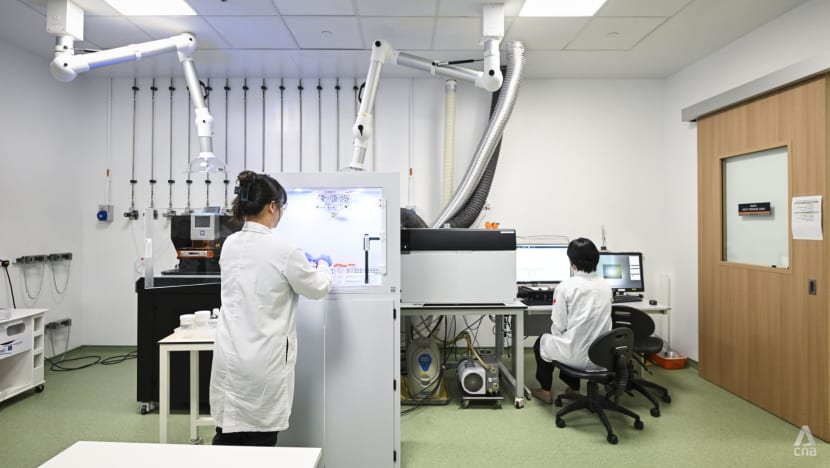 Singapore Nuclear Research and Safety Institute researchers in the institute’s Radiochemistry Lab on Jul 10, 2025. (Photo: CNA/Lan Yu)
Singapore Nuclear Research and Safety Institute researchers in the institute’s Radiochemistry Lab on Jul 10, 2025. (Photo: CNA/Lan Yu)
WHAT THE FACILITY HOUSES
SNRSI's new premises comprise five floors above ground and a basement. The facility has three levels of wet laboratories and a computer simulation laboratory.
"Housing a dedicated computer simulation lab, it will advance our research efforts in modelling nuclear reactors. Researchers will be able to better simulate and also study unlikely but significant scenarios, such as potential meltdown processes, helping to assess the safety levels of different nuclear technologies," said Prof Tan.
In addition to X-ray and gamma irradiators that could expose biological samples to radiation at high and low dose rates, for both short- and long-term, the institute has other specialised equipment, such as state-of-the-art software for accident simulation, and machines that could measure radio-contaminants.
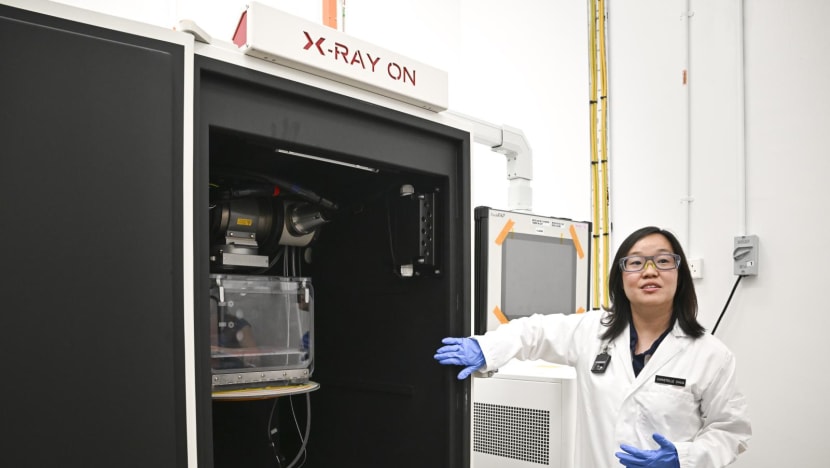 Singapore Nuclear Research and Safety Institute senior research scientist Christelle Chua explaining how the institute uses an X-ray irradiator to study the effects of different radiation dose rates on the cells of biological organisms on Jul 10, 2025. (Photo: CNA/Lan Yu)
Singapore Nuclear Research and Safety Institute senior research scientist Christelle Chua explaining how the institute uses an X-ray irradiator to study the effects of different radiation dose rates on the cells of biological organisms on Jul 10, 2025. (Photo: CNA/Lan Yu)
SNRSI will be working closely with the agencies such as the NEA, the regulatory authority for radiation safety and environmental protection.
NEA's scientific facilities for radiation monitoring are co-located in the building. These include the National Radiochemistry Laboratory and advanced ambient radiation monitoring station.
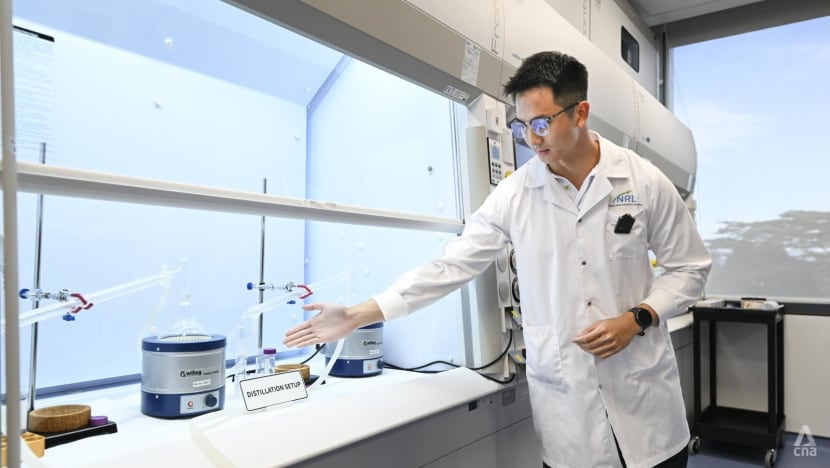 National Environment Agency executive scientific officer Daryle Toh explains the distillation setup in the National Radiochemistry Lab which is located in the Singapore Nuclear Research and Safety Institute building on Jul 10, 2025. (Photo: CNA/Lan Yu)
National Environment Agency executive scientific officer Daryle Toh explains the distillation setup in the National Radiochemistry Lab which is located in the Singapore Nuclear Research and Safety Institute building on Jul 10, 2025. (Photo: CNA/Lan Yu)
It also has a Secondary Standards Dosimetry Laboratory, a facility for radiation measurement standards and calibration services.
This is where personal dosimeters - a device used to monitor the amount of radiation an individual has been exposed to - are calibrated for workers who may be exposed to radiation as part of their jobs, for example, those from the healthcare, industrial or research sectors.
Area monitoring instruments used in radiation-controlled workplaces are also calibrated here.
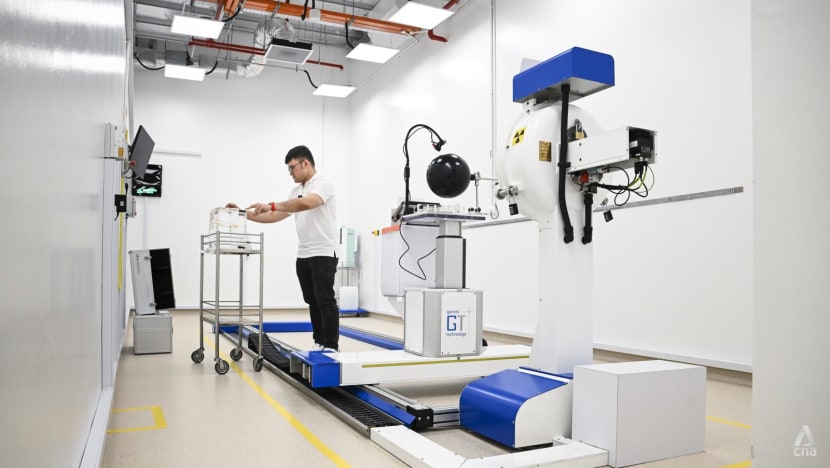 National Environment Agency senior scientific officer Muhammad Deen Juhari is standing with the gamma irradiator to his left. The gamma irradiator is housed within 65cm-thick concrete walls in a bunker-like room in the basement of the Singapore Nuclear Research and Safety Institute on Jul 10, 2025. (Photo: CNA/Lan Yu)
National Environment Agency senior scientific officer Muhammad Deen Juhari is standing with the gamma irradiator to his left. The gamma irradiator is housed within 65cm-thick concrete walls in a bunker-like room in the basement of the Singapore Nuclear Research and Safety Institute on Jul 10, 2025. (Photo: CNA/Lan Yu)
The gamma irradiator used for these purposes is housed in the basement space with 65cm-thick concrete walls that resemble a bunker.
Apart from walls, safety controls such as emergency shut-offs, real-time monitoring systems and restricted access are in place to protect workers.
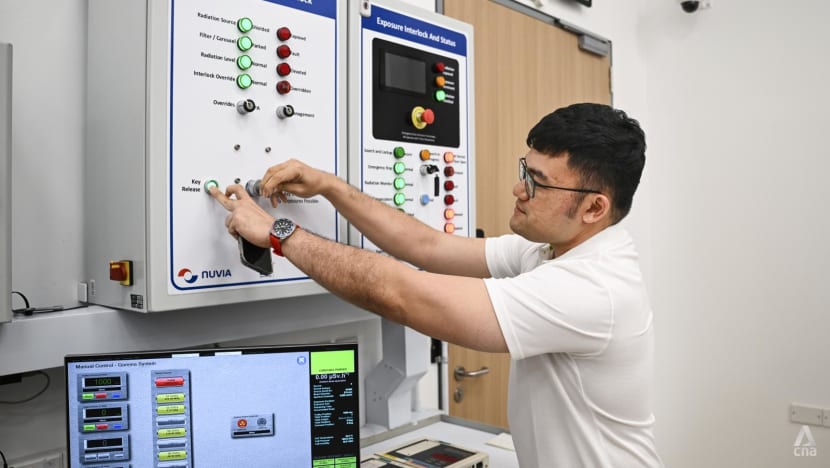 National Environment Agency senior scientific officer Muhammad Deen Juhari demonstrates the safety features of the agency’s Secondary Standard Dosimetry Laboratory, located in the basement of the Singapore Nuclear Research and Safety Institute on Jul 10, 2025. (Photo: CNA/Lan Yu)
National Environment Agency senior scientific officer Muhammad Deen Juhari demonstrates the safety features of the agency’s Secondary Standard Dosimetry Laboratory, located in the basement of the Singapore Nuclear Research and Safety Institute on Jul 10, 2025. (Photo: CNA/Lan Yu)
With its new premises, SNRSI is looking towards hosting regular visits by international experts, building on existing partnerships, as well as expanding partnerships with other research labs and research institutes around the world.
The institute already participates in regional forums and collaborations, including the ASEAN Network on Nuclear Power Safety Research.
SNRSI director, Associate Professor Chung Keng Yeow, said that the SNRSI's new facility and establishment as a full-fledged institute has put the institute in "good stead to expand our team and research capabilities".
"With our strong capabilities and expertise in research and policy, we are well-poised to be at the forefront of research in nuclear safety, as well as enhance regional collaboration and develop talent in this area," he added.
